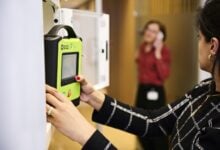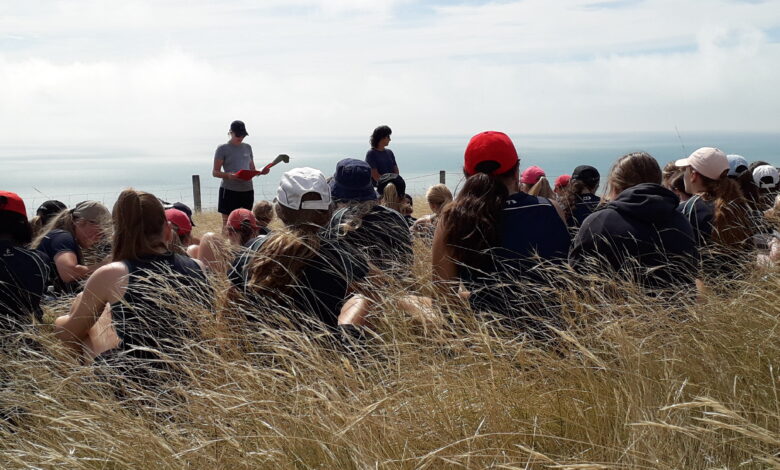
“Real world teaching” is the key to student success, says middle school Deputy Head Lisa Williams.
Founded more than a century ago in 1910, St Margaret’s College in Christchurch is a private girls’ school with many long-standing traditions and history. Yet, Aotearoa and the wider world have changed significantly in the 112 years since the school was established, creating a need for innovation alongside the strength of tradition.
Lisa Williams, Deputy Head of the middle school at St Margaret’s, says the need to keep up with a changing society is why she introduced the Rite Journey Programme. Williams believes the programme provides “real world teaching”, which she sees as the key to student success in the modern age.
Read the Term 1 edition of School News HERE.
Williams, who has spent 18 of her 30 teaching years at the college, is the current leader and founder of the Rite Journey programme at St Margaret’s. The programme, conceived by Australian educator Andrew Lines, is described on its website as a year-long course designed to “support the development of self-aware, vital, responsible and resilient adults”.
Recently, St Margaret’s College was recognised with The Rite Journey Lead School award, which is given to schools that implement best practice of the programme for more than five years. As well as an acknowledgement of the longevity of the programme at St Margaret’s, the award recognises the innovation that Williams and her team have shown, being one of the first girls’ schools in the world to implement the programme.
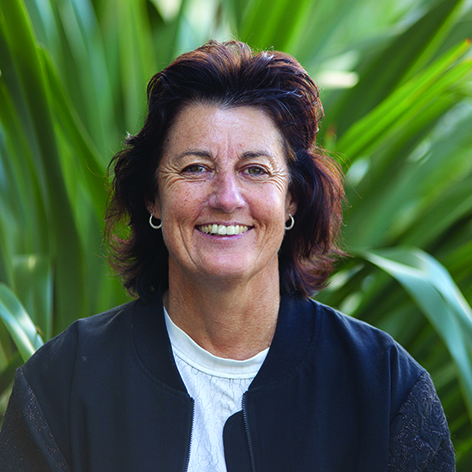
At St Margaret’s, the programme is undertaken by every girl in Year 10. Williams describes the programme as a way to “bridge that awkward time between being a child and being an adult”—around the ages of 14 to 15. “It’s that awkward age where we need to be doing something special with them,” says Williams. That’s why the Rite Journey programme is seen as both the flagship and the pinnacle of St Margaret’s College middle school, which runs from Years 7 to 10.
Williams said she first heard of the programme in 2010 during a pastoral care conference in Australia, which she attended with a few colleagues. At that stage, Williams said that the college was searching for “something” to integrate the key skills learnt over the middle school period. In the past, Williams said Year 10 could often turn into a “year of disengagement… we were doing lots of great things, but we weren’t connecting them all together.” After hearing The Rite Journey’s presentation, Williams said “[my colleagues and I] all walked out and said: ‘that’s what we’ve been looking for.’”
At St Margaret’s, the programme is built on the foundation of the five “Cs”: consciousness, connection, communication, celebration and challenge. The cohort spends three fifty-minute periods per week on the programme, beginning in Term 1 with the goal “consciousness,” which is addressed in the module “Who Am I”. Williams says that this period is about the students “exploring themselves and self-identity” through subjects such as “birth stories, family trees, influential people in their lives, what their strengths are” all the way through to more complex topics like “the role that body image plays in self-confidence”.
The group then moves onto the goal of “connection”, where students foster relationships with their cohort, whānau, and a chosen adult mentor. Williams says the girls are tasked with completing a project with their nominated mentor, who is usually a grandparent, aunt, uncle or a close family friend. “It’s not really about the project,” Williams laughs, though she notes there’s been some “amazing” projects from the programme. Instead, it’s about making connection with non-parental adults, and introducing positive role models to our rangatahi. “Most teenagers go through a patch where the last person they want to be talking to is their parents,” notes Williams. “Having another adult that is significant to the family is really helpful.”
Year 10s will also face a series of challenges, which “test and extend them in different ways”. Some challenges remain the same over the years, while other challenges change to meet the specific needs of each cohort. One of the constants, and the culmination of the year, is a six-day camping trip to the Rotoiti Lodge in the Nelson Lakes area. The year group leaves their phones behind, and reflects on the past year, says Williams.
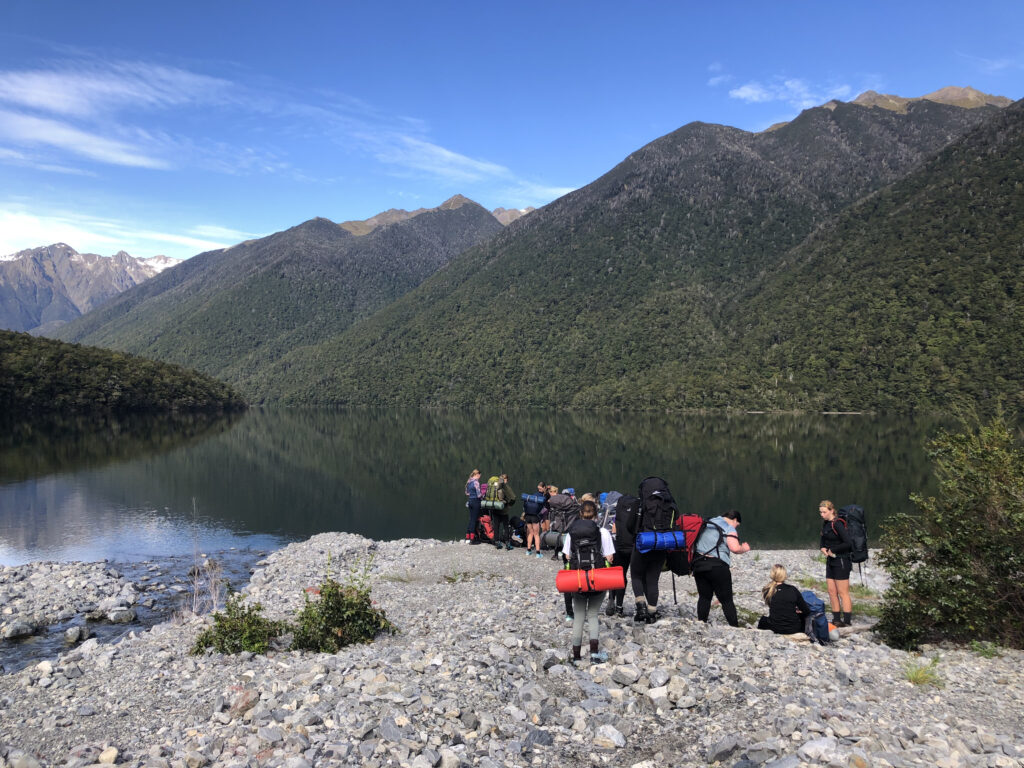
During the camp, the cohort also completes an 18-hour overnight “solo”. The students are given pre-packed provisions for the duration of the solo, and they’re regularly checked on, but otherwise, the girls are left to their own devices in individual tents. During those hours alone, the students complete assigned tasks that prompt them to think about “the sort of woman they want to be, and what their strengths and weaknesses are”. Williams describes the impact of the trip like this:
“The depth of reflection that you get from these girls after they’ve been on their own, without people, without phones and without distractions is truly incredible. Some of them come back almost like a different person.
“They start to believe in themselves a lot more,” Williams continues, noting that it’s often not until the end of the year that they begin to see big changes in the cohort. She describes much of the year as a process of “planting seeds”, which continue to grow even after the year has ended. Mostly, Williams sees the girls begin to have “a greater degree of confidence and belief in themselves; they are much more capable than they realise.” Other outcomes Williams sees are healthier and more productive relationships, increased self-awareness, and increased resilience.
“Often, teenagers think their life is going to go a certain way, and that route is going to go on a straight line upwards. You know, life is just not like that,” Williams points out.
The final goal of the programme, “celebration,” is fulfilled by the ceremonies that bookend the year. The first ceremony marks the beginning of their journey, where the girls are called upon to practise gratitude for their life thus far. Parents attend the ceremony, and girls give speeches. This ceremony is then mirrored at the end of the year, where the work throughout the year is wrapped up and presented to the cohort’s caregivers and mentors.
At St Margaret’s, Williams notes these ceremonies are adapted to incorporate Māoritanga as an acknowledgement of the bicultural foundation of Aotearoa. It’s one example of the inbuilt flexibility of the Rite Journey Programme, and how the course can be modified to suit the cultural and social contexts that it’s taught in.
“To me that’s the beauty of the programme,” says Williams, who notes that the Rite Journey is not only adaptable, it’s responsive to the cohort’s needs, which can change from week to week. “Whatever’s going on, we can adjust our programme at that particular time, even if we’ve got something else planned.” The teaching team can respond to the challenges students are facing in real time, whether its “social media, friendships, parties and alcohol or making good decisions”. Williams says she believes it’s this ability to meet students’ needs that has gained St Margaret’s the recognition of the The Rite Journey’s Lead School award. Williams notes that “life for teenagers is forever changing, [and] it’s becoming more and more challenging.” She gives the example of mental health issues, which are on the rise for our young people. As a result, Williams says:
“The programme is forever changing, and we will never sit on our laurels. We’ll keep on pushing forward and adapting and making it the very best programme we can have for our middle school students. I think that’s what Andrew and the Rite Journey have seen in us: that we’re really proactive with the way we do things.”
Williams is proud of the way her teachers “push the boat out. We like to role model what we’re expecting from the students, so we want to be out of our comfort zone, and we want to be able to push ourselves so that we’ve got an amazing programme.”
For Williams, that constant evolution includes letting someone else “take the reins” next year, although she still plans on being involved. “It’s been my baby for 12 years,” she says, “but it’s time for someone else to have that experience of leading it”.
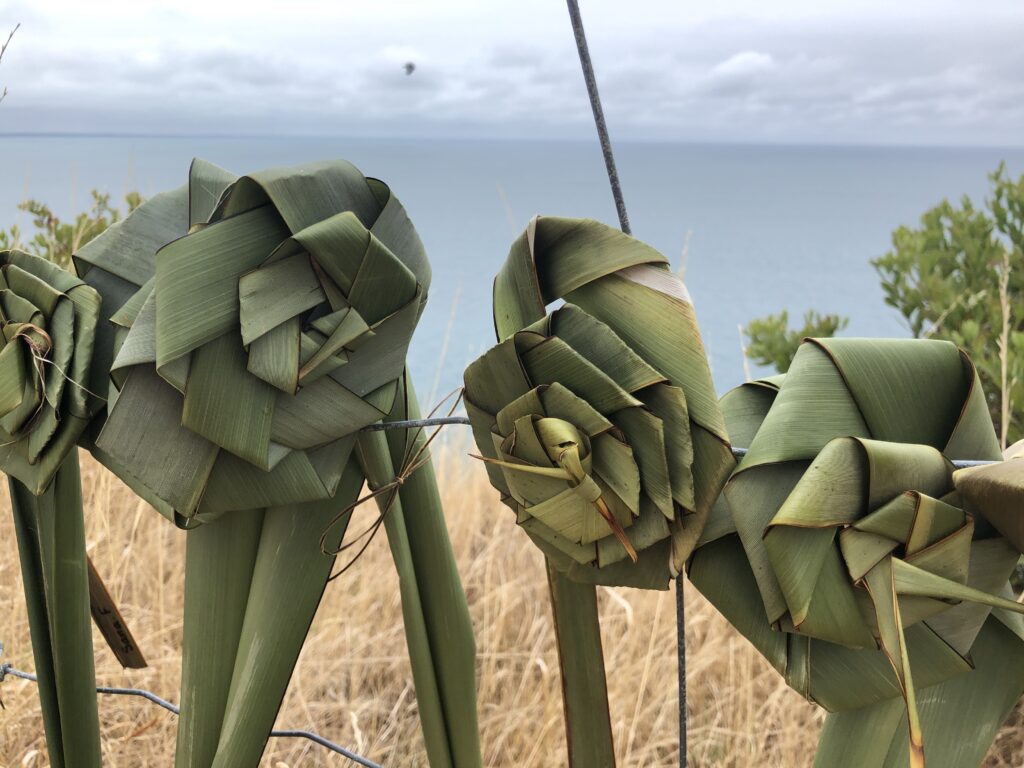
In the future, Williams hopes that programmes like The Rite Journey will become more widely adopted.
“Too often—and it’s no school’s individual fault—we’re just assessment driven. And if we spent more time on character, mental health, mindfulness, all those sorts of things, then when life gets hard, you have the strength to be able to deal with it. Every school should be doing some sort of similar programme.”
“It’s an absolute privilege to be a part of the programme,” Williams concludes. “It’s the thing that gets me out of bed in the morning. It’s coming to school and being able to do real life teaching and really feel like you’re making a difference in these young people’s lives.”







